Cider 101: Exploring Carbonation Methods
With our Spring 2024 Cider Club release, we are exploring cider production methods - specifically methods of carbonation. Ever wonder how those delightful bubbles get into your cider (or didn't)? We’ve broken down the basics of various carbonation techniques below, which you can delve into as you sip your way through these tasty ciders. Not a club member? Join our cider club now and we'll get this box shipped to you right away. Beyond the fun theme of this quarter's box, the combination of the featured ciders is amongst the best boxes we've curated for our club to date - delicious, hard to find gems!
Bottle Conditioned
After primary fermentation is complete, cider is bottled with added fresh juice or sugar (and sometimes yeast) to start a second fermentation in the bottle. This secondary fermentation can result in a petillant (lightly effervescent) to a fully sparkling cider depending on the amount of sugar added.
- Featuring Barmann Cellars' Big Bertha (Everson, WA) - Bottle conditioned cider made from a blend of cider apples sourced from WSU Mount Vernon's cider research orchards. Spontaneously fermented and aged on syrah lees (spent yeast), then bottle conditioned with local raw honey. This cider is just slightly bubbly and dry with a soft mouthfeel and balanced tannins and acidity. Aromas of honey and raspberry, with notes of plum, mountain huckleberry, and bread dough on the palate. Absolutely delicious.
Traditional Method / Méthode Traditionelle
A labor of love, the Traditional Method is how Champagne is made. After primary fermentation is complete, cider is bottled with added fresh juice or sugar (known as “dosage”, pronounced doe-saj) to start a second fermentation in the bottle. Bottles are then aged for several months or more, after which time they are placed on a riddle rack that holds the bottles angled down to trap the lees (dead yeast) in the neck of the bottle. This is very labor intensive, requiring daily rotation of the bottles until they are fully upside down, a process that lasts at least a couple weeks and often longer. At the end of this, the lees are removed through a process called disgorging. Disgorging requires serious finesse to uncap the bottle upside down while simultaneously uprighting the bottle so that the plug of lees pops out without losing cider. The end result is a clear, sparkling cider that will stand on its own against any sparkling wine (in our cider-biased opinions).
- Featuring Dragon’s Head Cider's Newtown Pippin Sparkling Cider (Vashon Island, WA) – Traditional Method cider made from Newtown Pippin apples, then dosaged with fresh juice from golden russet apples before riddling and disgorging. The result is a dry, acid-forward cider with lots of tiny bubbles, perfect for any celebratory occasion. Notes of dried pineapple, bitter white flower, and lemon. Delightful.
Method Ancestral & Pétillant Naturel (Pét Nat)
These two terms are often used interchangeably, though there are some nuances depending on the cidermaker. Both Method Ancestral and Pet-Nat ciders are made by bottling the cider before the primary fermentation is complete, without the addition of sugar, so that fermentation finishes in the bottle creating CO2 that gives it bubbles. Pet-Nat ciders are not disgorged, so the lees remain in the bottle creating a cloudy sediment at the bottom of the bottle (it’s a matter of taste whether you want to drink it or not). Most often, Pet Nat ciders are low-intervention in a similar realm as natural wines, using native yeasts and little to no additives. Method Ancestral is more loosely defined, and could include pitched yeast, using keeving, and disgorging the lees after fermentation in the bottle is complete.
- Featured Raging Cider & Mead, Jonathan & Liberty (San Marcos, CA) – Method Ancestrale cider made from 60% Jonathan & 40% Liberty apples sourced from a single orchard in Julian, CA. It underwent two rounds of cold-racking to slow down fermentation and preserve a small amount of residual sugar at bottling. Primary fermentation finished in the bottle before being disgorged. The result is a gently effervescent, semi-dry cider with bitter tannins on the mid-palate that fade into a soft finish. A world class bottle of cider!
- Featuring Durham Cider + Wine, Pressed Love (San Luis Obispo, CA) – Pet Nat single-varietal cider made from 100% Gravenstein apples from the dry-farmed, 140+ year old Gowan's Orchard in Philo, CA. Spontaneously fermented, unfined, and unfiltered with no added sulfites (zero/zero). Dry with balanced acidity and tannins, and notes of apple skin, pastry dough, and plum on the palate.
Force Carbonation
A common modern approach to carbonation in which the cider is pressurized with CO2 after fermentation has been completed. Rather than producing CO2 as a byproduct of fermentation, kegs or large stainless steel tanks (called bright tanks) are filled with the otherwise finished cider. The CO2 (Carbon Dioxide) is then piped into the cider and the pressure is held until the bubbles have integrated into the beverage and the desired carbonation level is reached.
- Featuring Liberty Ciderworks, Lafayette (Spokane, WA) – Force Carbonated cider made from American cider apple varietals including Harrison, Franklin, and McIntosh. This cider is keeved, which is a process used traditionally in making French cider and involves stalling fermentation before complete dryness, resulting in a more complex expression of the fruit and natural residual sweetness. This version of Lafayette had a four-month wild yeast ferment, followed by eight-months of bulk-aging before bottling and force carbonating. Lightly sparkling and semi-sweet with notes of tropical fruit, caramel, and peach.
Still Cider (Uncarbonated)
There are of course several ciders that are not carbonated at all, called still. There's no magic to the process - these ciders are simply bottled after fermentation is completed. With no remaining residual sugar and without any added sugar source, there's nothing left to ferment in bottle. There is, however, plenty of magic and skill to producing a cider with enough character and just the right mouthfeel to be perfect as-is without necessitating carbonation.
- Featuring Alpenfire Cider, Barrel Aged Cortland (Port Townsend, WA) – STILL single-varietal cider made from 100% Cortland apples aged in rye barrels that had also been used to age mead. With its great full-body, Alpenfire decided not to carbonate this one, and it's easy to taste why. Aromas of oak and beeswax. On the palate, notes of green grape, lime zest, green apple skin, subtle floral notes, and soft oak with a vanilla kiss from the barrel.
Charmot Method
The Charmat method involves secondary fermentation inside special pressurized tanks to create carbonation.




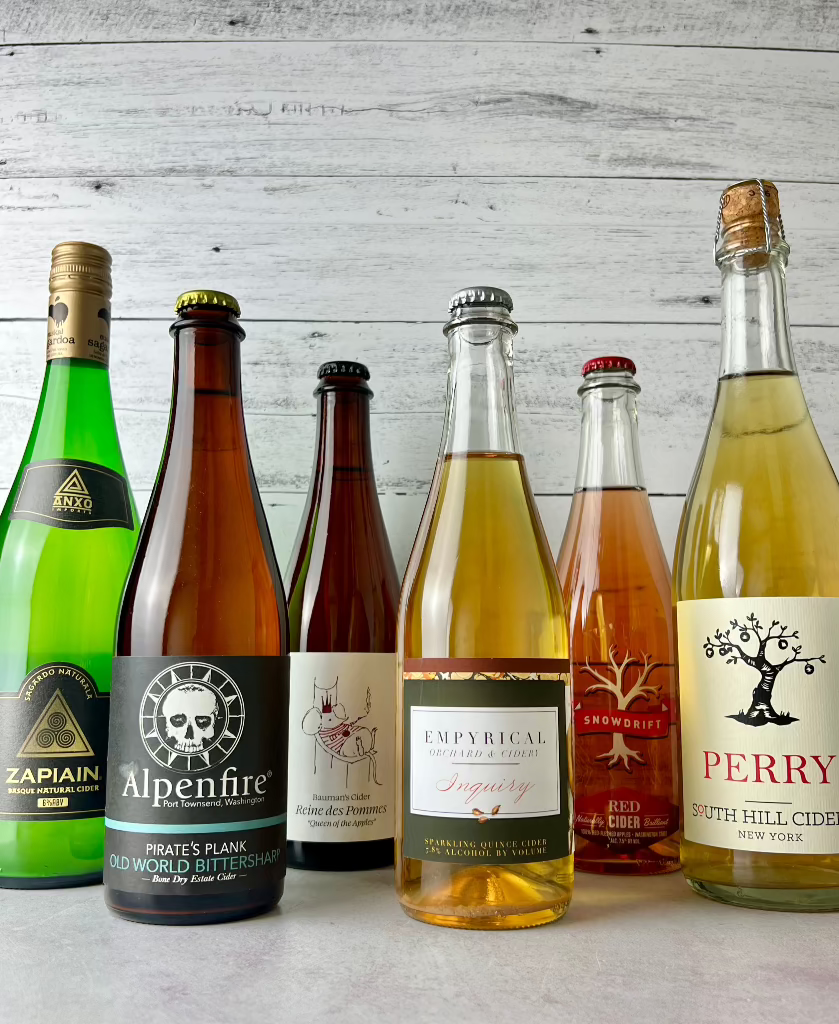

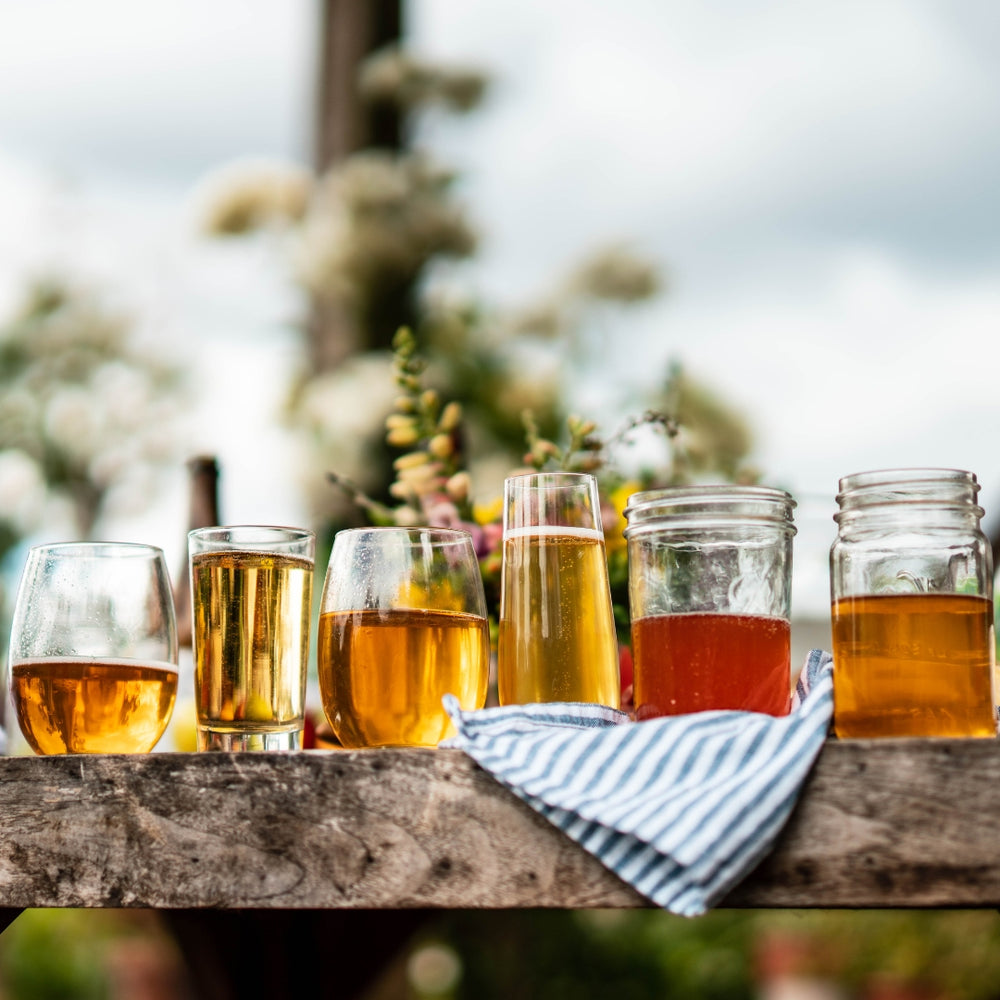
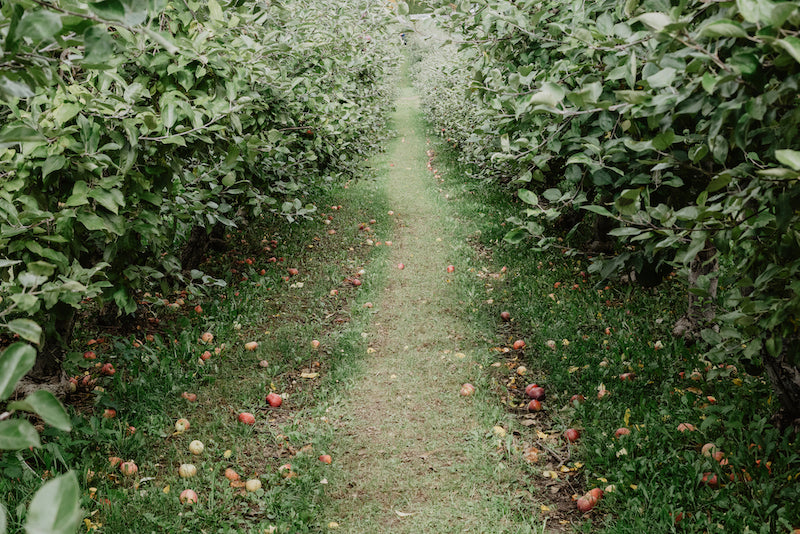
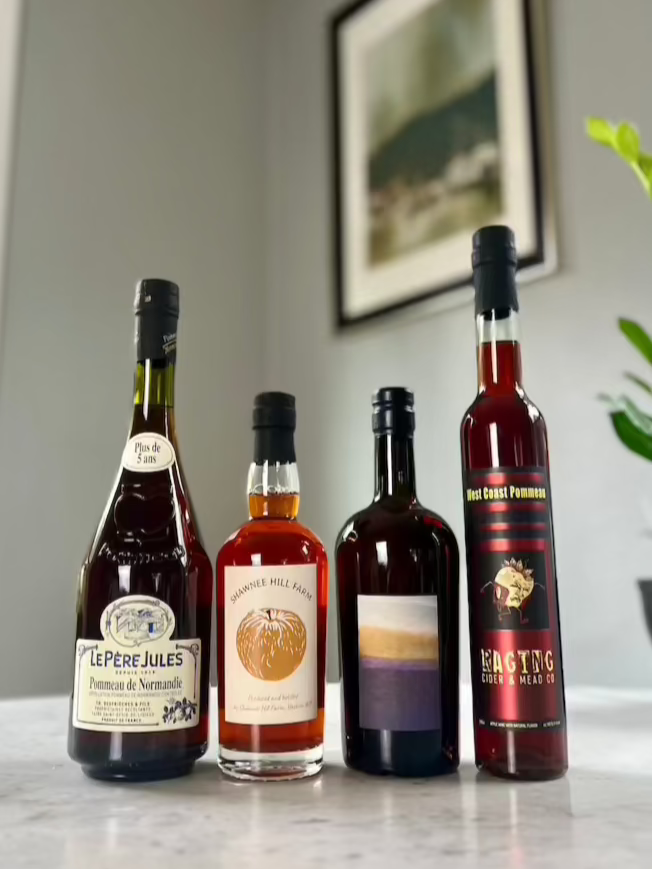
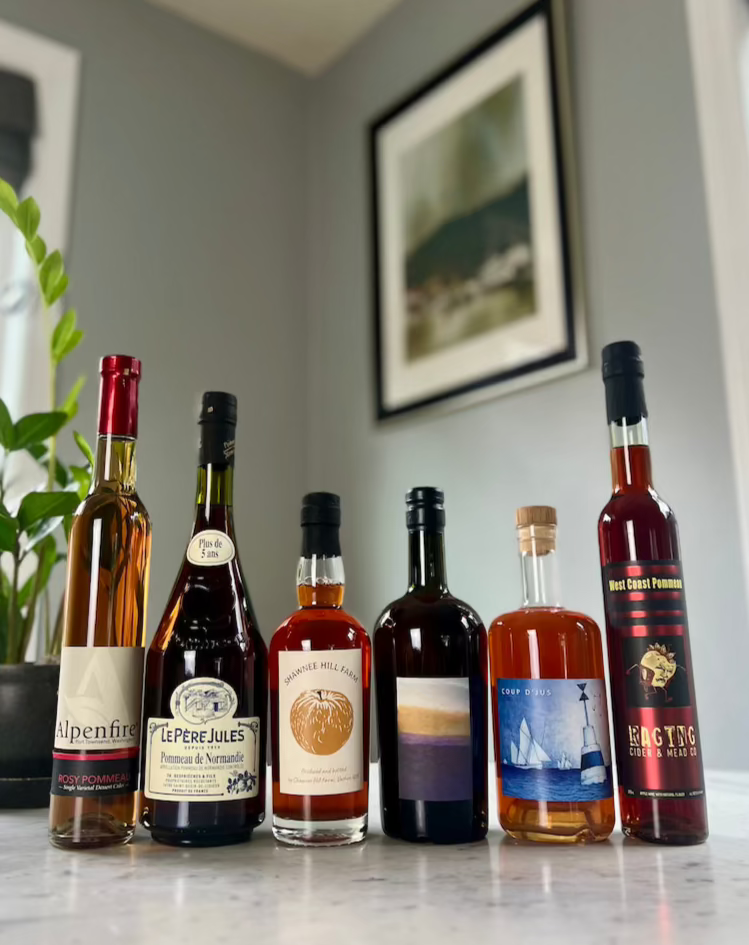



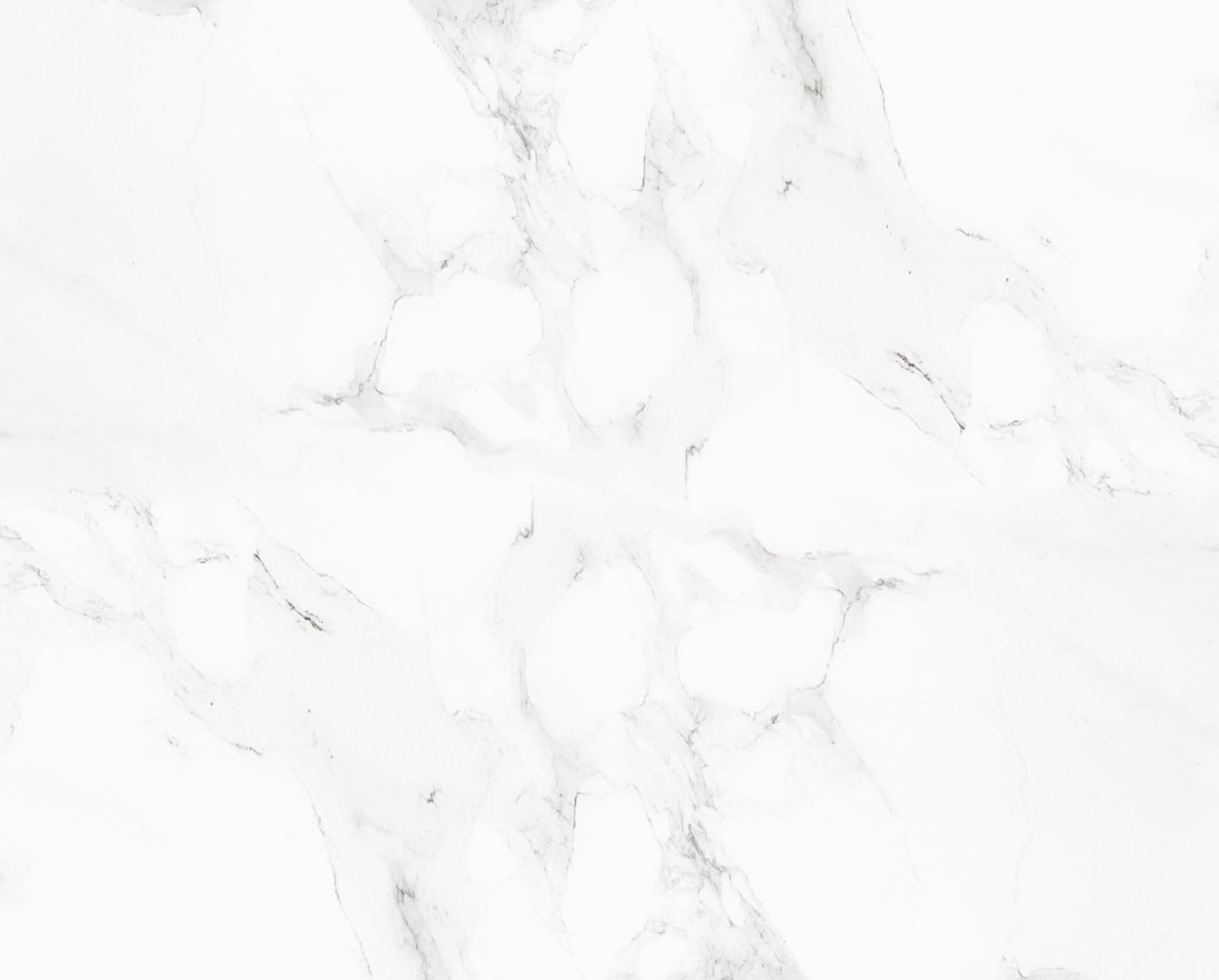

Leave a comment